
George Square is the principal civic square in the city of Glasgow, Scotland. It is one of six squares in the city centre, the others being Cathedral Square, St Andrew's Square, St Enoch Square, Royal Exchange Square, and Blythswood Square on Blythswood Hill.
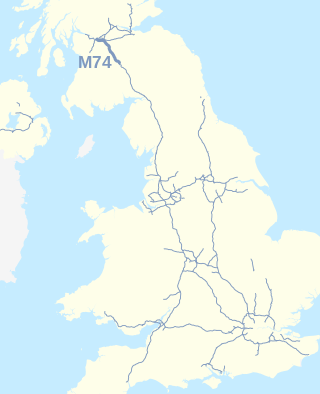
The A74(M) and M74 form a major motorway in Scotland, connecting it to England. The routes connect the M8 motorway in central Glasgow to the Scottish-English border at Gretna. In conjunction with their southward continuation, the M6 motorway, they form one of the three major cross-border routes between Scotland and England. They are part of the unsigned international E-road network E05. Although the entire route is colloquially referred to as the M74, for more than half its length, south of Abington, the road is officially the A74(M); see naming confusion below.

The Unité d'habitation is a modernist residential housing typology developed by Le Corbusier, with the collaboration of painter-architect Nadir Afonso. It formed the basis of several housing developments throughout Europe designed by Le Corbusier and sharing the same name.

The Flatiron District is a neighborhood in the borough of Manhattan of New York City, named after the Flatiron Building at 23rd Street, Broadway and Fifth Avenue. Generally, the Flatiron District is bounded by 14th Street, Union Square and Greenwich Village to the south; the Avenue of the Americas and Chelsea to the west; 23rd Street and Madison Square to the north; and Park Avenue South and Gramercy Park to the east.

The Rottenrow is a street in the Townhead district of Glasgow, Scotland. One of the oldest streets in the city, it underwent heavy redevelopment in the 20th century and now forms part of the University of Strathclyde's John Anderson Campus. The street runs along the summit of a drumlin known historically as Balmanno Brae, although this name has long fallen from use.

Townhead is a district within the city of Glasgow, Scotland. It is one of Glasgow's oldest areas, and contains two of its major surviving medieval landmarks - Glasgow Cathedral and the Provand's Lordship.
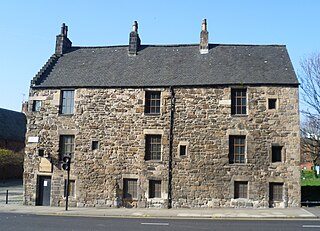
Provand's Lordship is a medieval historic house museum in Glasgow, Scotland, located in the Townhead area at the top of Castle Street within sight of Glasgow Cathedral and next to the St Mungo Museum of Religious Life and Art.

James Watt College was a further education college in Greenock, Scotland. It is now part of West College Scotland. There were also campuses in Largs and Kilwinning which now form part of Ayrshire College as the result of the merger with Kilmarnock College and Ayr College.

Allan Glen's School was, for most of its existence, a local authority, selective secondary school for boys in Glasgow, Scotland, charging nominal fees for tuition.

High Street is the oldest, and one of the most historically significant, streets in Glasgow, Scotland. Originally the city's main street in medieval times, it formed a direct north–south artery between the Cathedral of St. Mungo in the north, to Glasgow Cross and the banks of the River Clyde. The High Street now stops at Glasgow Cross, with the southern continuation being the Saltmarket. High Street forms the notional boundary between the city centre to the west, and Dennistoun and Calton to the east.

Dornoch Castle is situated opposite Dornoch Cathedral in the town of Dornoch, in Sutherland, Scotland, a little over 40 miles (64 km) north of Inverness.

The Cathedral of the Isles and Collegiate Church of the Holy Spirit is a Category A listed cathedral of the Scottish Episcopal Church in the town of Millport on the Isle of Cumbrae. It is one of the two cathedrals of the Diocese of Argyll and the Isles, the other being St John's Cathedral in Oban. From 2021 the office of Provost has been held by Keith Riglin, Bishop of Argyll and The Isles.
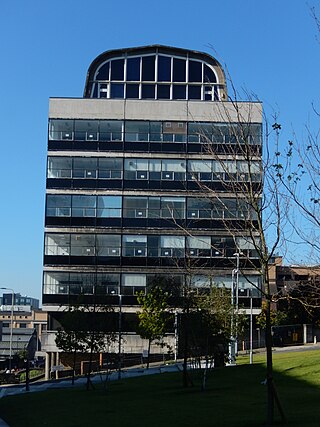
Central College, formerly Central College of Commerce, was a college situated in the centre of Glasgow. It merged with Glasgow Metropolitan College and Glasgow College of Nautical Studies in 2010 to form City of Glasgow College. The college had links to universities such as Caledonian and Glasgow University and provided courses such as Business Studies, Information Technology and Health, Hair and Beauty, Legal Studies and accountancy.
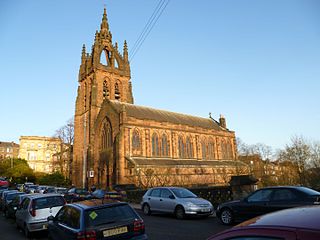
Kelvinbridge Parish Church, also known as the Kelvin Stevenson Memorial Church, is a Church of Scotland parish church, serving part of the North Kelvinside area of Glasgow, Scotland. The church is within the Church of Scotland's Presbytery of Glasgow.

The Livingstone Tower is a prominent high rise building in Glasgow, Scotland and is a part of the University of Strathclyde's John Anderson Campus. The building was named after David Livingstone. The address of the building is 26 Richmond Street, Glasgow.
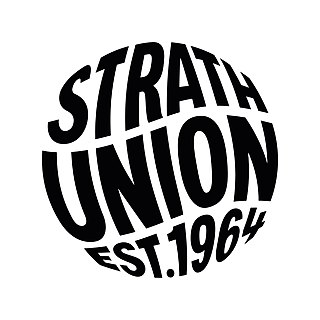
Strathclyde Students' Union (Strath Union) is the representative body for students of the University of Strathclyde, Glasgow, Scotland, since its founding in 1964.
The City of Glasgow College is a further and higher education college in the city of Glasgow. It was founded in 2010 when the Central College, Glasgow Metropolitan College, and the Glasgow College of Nautical Studies merged. It is the largest college and technical institution in Scotland.
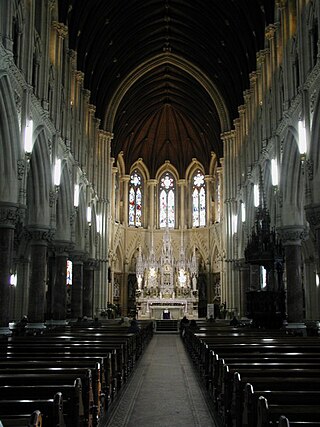
The Diocese of Cloyne is a Latin diocese of the Catholic Church in Ireland. It is one of six suffragan dioceses in the ecclesiastical province of Cashel.
The Dr. Martin Luther King Jr. Medical Campus High School is a high school in Buffalo, New York. It is located at 487 High Street and serves Grades 9 through 12.
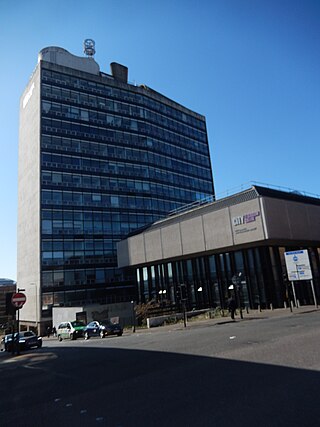
The Met Tower is a prominent high rise building in Glasgow, Scotland, and was the main building of the former Glasgow Metropolitan College. It originally opened in 1964 as the Stow College of Building, and for most of its life has been known as the Glasgow College of Building and Printing. Its official address is 60 North Hanover Street.


















